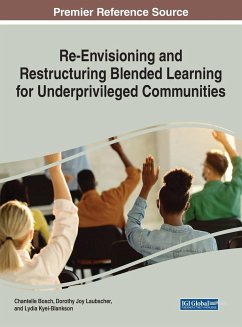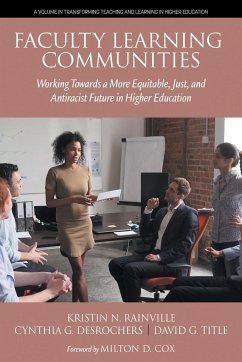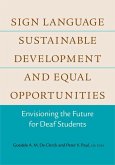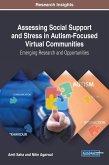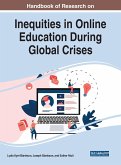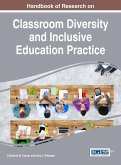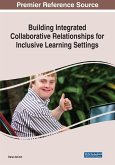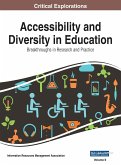Challenges in the educational arena are not new phenomena. However, with the recent outbreak of the COVID-19 pandemic, researchers and educators have been made even more aware of the need for a paradigm shift in education. Blended learning, as opposed to fully online learning or traditional face-to-face teaching, has been well-researched and has been found to have the potential to provide better educational solutions in challenging contexts. These contexts range from pandemic situations where social distancing is the order of the day to financial and time constraints regarding full-time study, as well as limited physical capacity at institutions. Blended learning solutions are often designed for resourceful institutions and cannot be easily implemented in developing countries and in communities where resources are limited. Typical issues like connectivity, accessibility, lack of suitable devices, and affordability need to be taken into consideration and in cognizance of blended learning interventions. These challenges are often neglected in blended learning research but are critical discussions to be had. Re-Envisioning and Restructuring Blended Learning for Underprivileged Communities shares how institutions in the developing world and less privileged communities have re-imagined and restructured blended education to enhance teaching and learning for underprivileged communities. This book aims to address blended learning solutions across institutional, program, course, and activity levels. The chapters will cover a variety of learning environments, from rural settings to less developed countries and more, and explore the programs and courses designed to improve student success and accessibility in diverse student populations. This book is ideally intended for teachers, administrators, teacher educators, practitioners, stakeholders, researchers, academicians, and students who are interested in blended learning opportunities in less-privileged settings and to underserved and marginalized populations.
Hinweis: Dieser Artikel kann nur an eine deutsche Lieferadresse ausgeliefert werden.
Hinweis: Dieser Artikel kann nur an eine deutsche Lieferadresse ausgeliefert werden.

